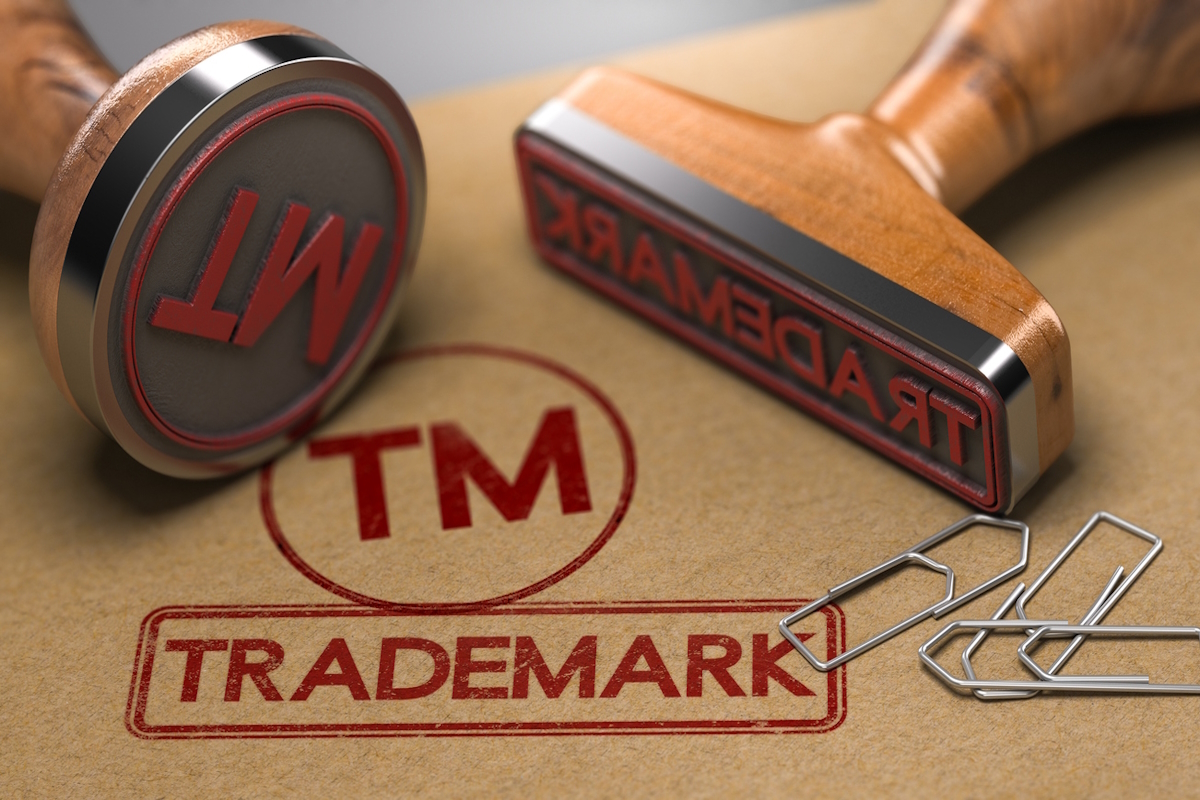From launch to legacy: ensuring long-term brand protection

John Ferdinand at Marks & Clerk explains the proactive measures that businesses can take to not only protect their brands from counterfeiters and copyright infringement, but also turn brand protection into a competitive advantage
In today’s marketplace, a company’s brand is often its most powerful and valuable asset. Not only does it serve as a key driver of consumer choice and revenue growth, but is an essential barrier against illegal counterfeit activity seeking to exploit years of investment.
However, as global supply chains expand and e-commerce flourishes, counterfeiting risks are intensifying. The global trade in counterfeit goods is worth a staggering $464 billion – equal to the GDP of Austria or Belgium, and accounting for 2.5% of total world trade.
Counterfeiting brings huge financial and reputational consequences. Businesses at every stage of maturity – whether start-ups or established market leaders – can be vulnerable and need to be aware of the options available to ensure their Intellectual Property (IP) strategy is in place.
What’s in a name?
The journey of a brand begins with the creation phase, where choosing a distinctive name or design can be pivotal to its success.
Whilst descriptive or suggestive names, like Netflix or Airbnb, may help consumers quickly understand a product or service, they often offer more limited trademark protection: trademark law shields generic or descriptive terms from being protected, meaning the scope for protection is narrower and it is harder to prevent use of similar names.
In contrast, a unique brand name – particularly one that includes a made-up word – brings much stronger exclusivity. Names such as Pepsi or Kodak that have no meaning other than themselves, ensure that third parties only use the word to reference the brand.
Similarly, a commonplace word out of context, such as Apple for a technology business, or Shell within the energy and petrochemicals industry, also enables more exclusivity and – most importantly – enforceable protection.
Once a name is chosen, a clearance search is essential to ensure it isn’t already in use or registered by a third party. This process, which extends beyond names to include logos, designs, and other graphic elements of branding, is a complex process best handled by a trademark specialist to evaluate any potential conflicts across names, goods, services, and territories.
The main elements of a new brand or product that might be suitable for IP protection include:
- Brand name – this should ideally act as a key differentiator from competitors
- Logo - this may act as a clear, recognisable and memorable visual reference
- Other branding assets/packaging designs – other elements of branding used consistently on packaging etc. such as patterns or colourways might be used to distinguish the product/brand from those of third parties
- Product design/shape – this may be particularly unusual and distinguish the product from competitors.
Return on investment
IP rights are a cornerstone of brand protection. However, as IP rights are territorial, businesses must file applications internationally, which can become costly.
This being said, with a few strategic filings businesses can often protect their brand in territories covering the majority of their sales revenue. As such, focusing on current and future primary sales markets, manufacturing locations, and known counterfeit hotspots, helps maximise protection whilst controlling costs.
There are also strategies for businesses to manage their IP budgets over the long term. A popular option is to leverage the “priority” window, which allows businesses to wait up to six months after filing their initial application in their home country to file internationally, whilst retaining the same protection date.
This approach allows businesses to claim the same earlier date of protection whilst deferring the second round of filing fees, giving time to assess market opportunities and spread costs without sacrificing legal rights.
Brand maturity
As brands expand into new markets or product lines, the risk of counterfeiting activity grows. Each territory presents unique challenges – from differing competitor landscapes, unique sales channels, and varying market conditions – necessitating a dynamic and flexible approach to safeguarding intellectual property.
Proactive monitoring is vital as brands mature. More market attention can also bring bad actors, and engaging sales networks, training employees to spot counterfeits, and spot-checking manufacturers for overproduction of goods (which often end up on the black or grey markets) can help detect and address issues before they escalate.
Regional measures are also vital. European Commission research has shown that the most common countries from which counterfeits are being shipped into the EU are currently China, (which alone represents 80% of all counterfeit goods imported into the EU), Hong Kong and Turkey – securing IP protection in these regions is vital to tackling the problem at its source.
Counterfeiting is ultimately criminal activity, and law enforcement plays a vital role in combating it. Customs officials, for instance, play a critical role in intercepting counterfeit goods at borders, preventing them from entering the marketplace.
To support their efforts, businesses should ensure their trademarks and designs are registered with customs authorities in key regions, enabling them to seize counterfeit goods proactively.
Why IP matters
It can be easy to perceive brand infringement as an insurmountable problem and to push IP rights down the priority list. Certainly, whilst eliminating counterfeiting entirely may be unrealistic, given the scale of the issue, reducing counterfeit activity can still make a big difference in mitigating the effect on sales revenue and long term trust in brands.
On a wider level, counterfeiting not only endangers consumers with untested or harmful products, but is also a significant funding source for organised crime. By tackling infringement, businesses safeguard their reputations, protect their customers, and secure a return on investment through enhanced brand trust and loyalty.
The fight against counterfeiting is as much about enforcing rights as it is about sending the message that businesses will fight to protect their brand, work, and identity. With the right strategy in place, businesses can ensure that their brand not only survives but thrives—from launch to legacy.
John Ferdinand is a Partner at Marks & Clerk. Download your copy of Marks & Clerk’s eBook Brand security in a modern world
Main image courtesy of iStockPhoto.com and Olivier Le Moal

Business Reporter Team
Most Viewed
Winston House, 3rd Floor, Units 306-309, 2-4 Dollis Park, London, N3 1HF
23-29 Hendon Lane, London, N3 1RT
020 8349 4363
© 2025, Lyonsdown Limited. Business Reporter® is a registered trademark of Lyonsdown Ltd. VAT registration number: 830519543





